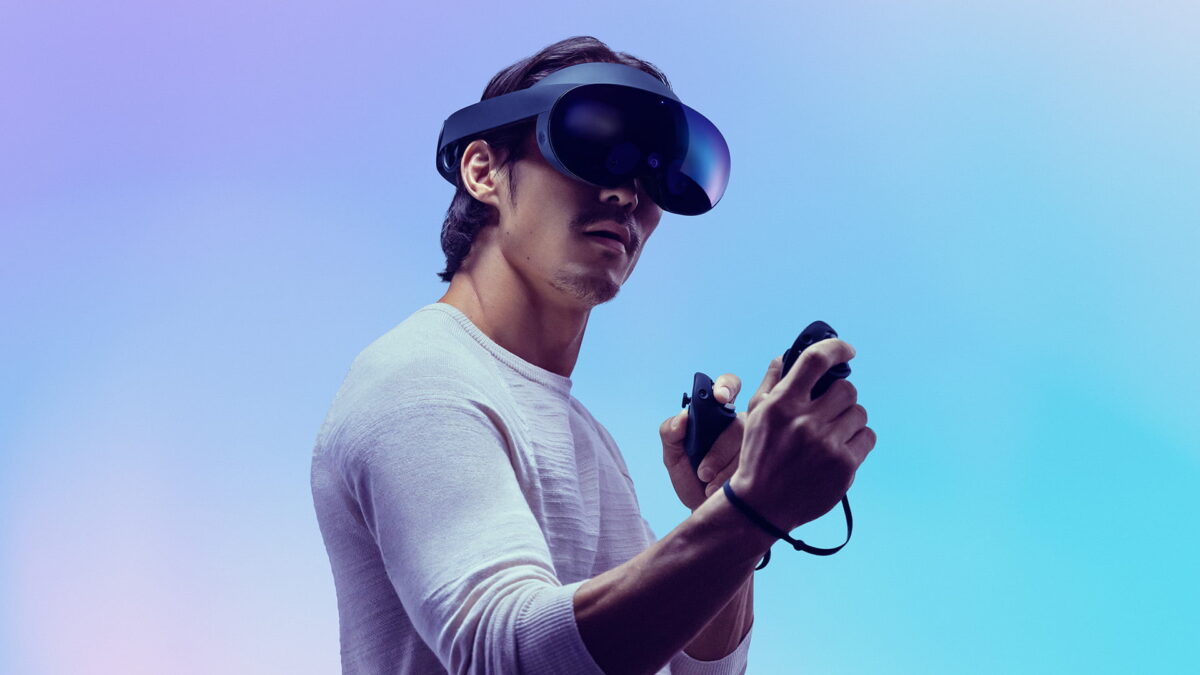John Carmack foresaw Quest Pro's failure and tried to kill the project

John Carmack did not believe in the success of Meta Quest Pro and tried to stop the project. The market proved him right.
Last week on X, John Carmack discussed the pros and cons of eye tracking for standalone headsets and the Quest Pro. In a notable post, he wrote:
"I tried hard to kill the Pro completely, I had very high confidence that it would be a commercial failure and distract the teams for a year, preventing them from doing more valuable work on mass market products."
I tried hard to kill the Pro completely, I had very high confidence that it would be a commercial failure and distract the teams for a year, preventing them from doing more valuable work on mass market products.
Still, to be fair, you can't really compare the wired PSVR2 with...
AdAd- John Carmack (@ID_AA_Carmack) June 7, 2024
Carmack doesn't see high-end VR as a driver
John Carmack served as Oculus CTO from 2013 to 2019. He left that role at the end of 2019 and continued to work as an external consultant. Three years later, Carmack left Meta altogether.
A few months earlier, the Quest Pro was launched for $1,500. The VR headset received mixed reviews and was a commercial failure. Meta slashed the price by a third and gave away headsets to developers.
Carmack is a proponent of low-cost VR and does not believe that high-end headsets are key to VR's mainstream success.
Carmack has been right (so far)
I think ten years from now, VR historians will still be scratching their heads about what Meta was trying to accomplish with the Quest Pro. The supposed next-generation device used an outdated chip, launched without any software to speak of, and was overpriced for what it offered. It was not until the much cheaper Quest 3 that standalone compute and mixed reality took a decisive leap forward.
So far, Carmack has been right that expensive next-generation devices are not what VR needs to break through.
The market's muted response to premium headsets like the Quest Pro and now the Vision Pro will likely slow the development of such devices. A headset partnership between LG and Meta, which could have resulted in a Quest Pro 2, may have been thwarted for this reason.
The Quest Pro's eye and face tracking was very promising, but the low adoption rate of the device prevented it from reaching its potential. I wonder if we will see a re-entry of the technology in a Quest Pro 2 or a Quest 4 or 5 headset further down the line.
Note: Links to online stores in articles can be so-called affiliate links. If you buy through this link, MIXED receives a commission from the provider. For you the price does not change.